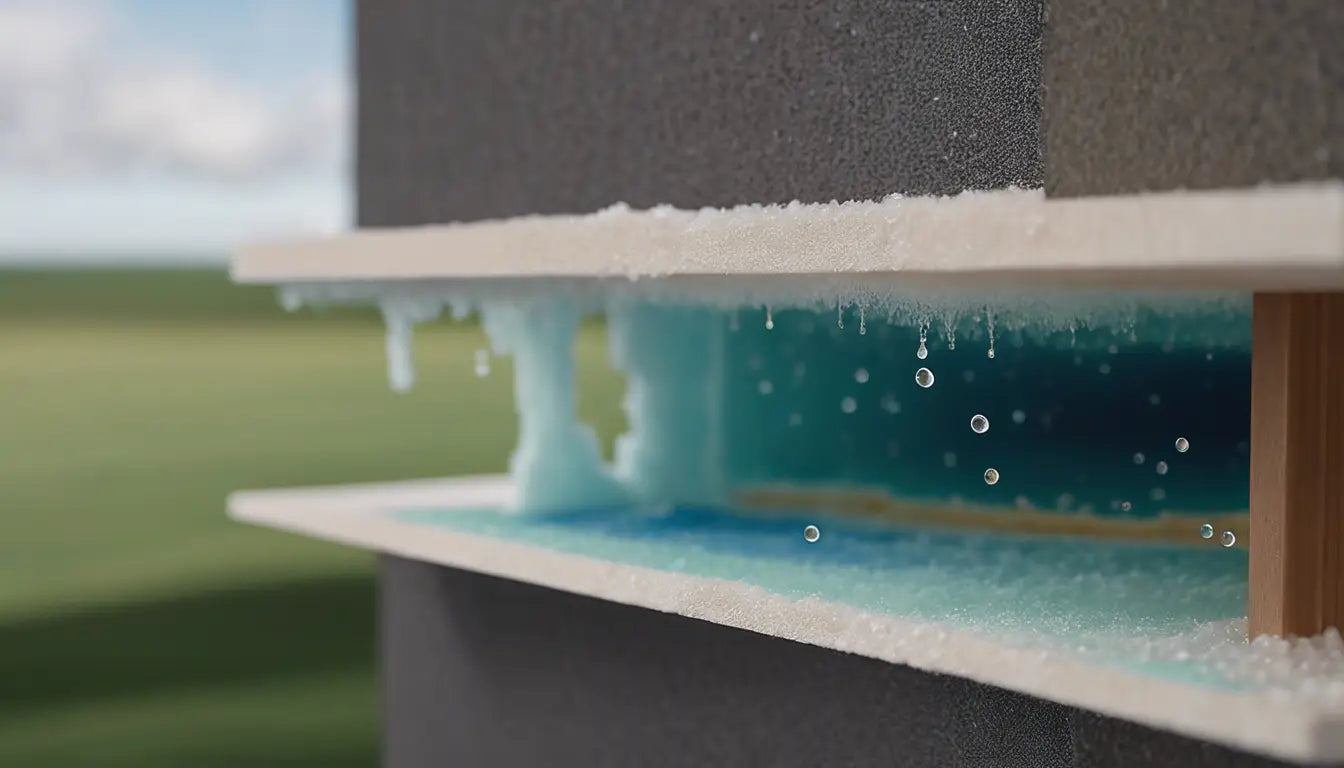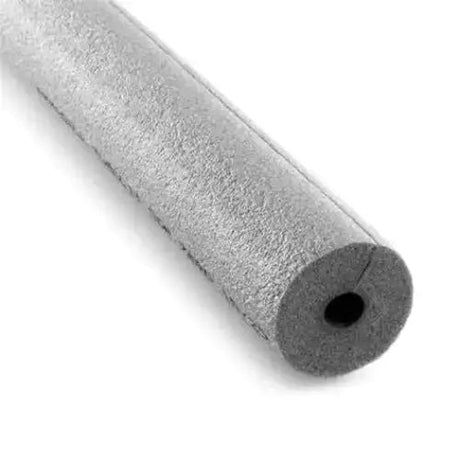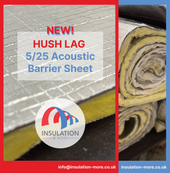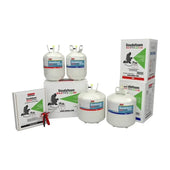When considering insulation for your home or commercial space, spray foam often comes up as a popular option due to its high energy efficiency and ease of application. However, a common question that arises is: can spray foam insulation get wet? Understanding how moisture impacts the performance of insulation is crucial for maintaining the integrity of your building's thermal envelope.
Let's dive in and explore the effects of moisture on spray foam insulation to keep your space comfortable and protected.
Moisture and Insulation: Not the Best of Friends
Spray foam insulation offers high R-values and formidable air sealing properties. Yet, one of its significant advantages is also related to moisture management. Closed-cell spray foam insulation, in particular, has a dense composition that can resist water penetration – a feature not found in many other insulation types. On the other hand, open-cell spray foam is more porous and can absorb water, albeit with a slower rate of invasion.
Table: Water Resistance of Spray Foam Insulation Types
| Spray Foam Type | Water Resistance |
|---|---|
| Closed-cell | Highly resistant |
| Open-cell | Moderately resistant* |
| *Open-cell spray foam can take on water but dries out over time, potentially mitigating damage. |
Closed-cell Spray Foam: A Robust Barrier
Closed-cell spray foam offers a moisture-resistant barrier that not only insulates but also adds structural strength. This type of foam can fare well in environments exposed to moisture but should not be considered waterproof. Prolonged or extreme exposure to water can eventually penetrate and affect its integrity.
Understanding the properties of closed-cell and open-cell foam can be vital when choosing the right type for your insulation needs. Dive deeper into this consideration and learn about the different types of spray foam insulation to make an informed decision.
Open-cell Spray Foam: Breathable Yet Vulnerable
Open-cell spray foam is lighter and allows for some air movement through its structure, which can be advantageous for indoor air quality. However, its breathable nature means it's less resistant to moisture, posing a risk for water absorption. A significant concern for wet open-cell spray foam is its potential to trap moisture within walls, leading to structural issues and mold growth if not appropriately managed.

Long-term Effects of Water on Spray Foam Insulation
While immediate water exposure can be managed, the long-term effects of water-damaged spray foam can be detrimental not only to the insulation itself but also to the structural elements of the building.
List of Potential Long-term Effects:
- Compromised R-Value: The thermal resistance can decrease if moisture remains in contact with the foam.
- Mold and Mildew: Moist environments can encourage the growth of harmful fungi.
- Structural Damage: Persistent dampness can weaken surrounding materials, such as wood.
- Reduced Indoor Air Quality: Mold spores and musty smells can affect the air you breathe.
To gain additional insight into these facets, consider reading about the long term effects of spray foam insulation.
Mitigating the Risks: Prevention and Protection
Prevention is the best approach to mitigating moisture risk with spray foam insulation. Crucial steps include:
- Select the Correct Spray Foam: Closed-cell might be better for damp locations.
- Proper Installation: Ensure a professional application to avoid gaps and cracks.
- Use of Vapor Barriers: Sometimes, especially with open-cell foam, a vapor barrier may be necessary to prevent moisture intrusion.
- Regular Inspections: Monitor for leaks or areas where water could enter.
When Things Get Wet: Dealing with Wet Spray Foam Insulation
If your spray foam insulation does get wet, it's essential to act quickly to mitigate any potential damage. Here's what you can do:
- Identify the Source: Find and repair the water entry point.
- Assess the Damage: Check the extent of moisture exposure and its impact on the foam.
- Dry Out: Provide adequate ventilation and use dehumidifiers to dry the area.
- Replace if Necessary: Severely compromised foam should be removed and reapplied.
Engaging with the potential disadvantages and problems associated with spray foam insulation will enable better decision-making and maintenance practices. To delve into common issues and how to address them, explore articles about the disadvantages and problems with spray foam insulation, rounding out your knowledge on the topic.
Balancing the Pros and Cons
While considering the risks of moisture on spray foam, it's also necessary to weigh these against the benefits. The pros and cons of spray foam insulation must be balanced to decide what's best for your unique situation. Additional aspects like whether spray foam can contribute to soundproofing or keeping out pests may form part of your decision process. Check out whether spray foam insulation helps with soundproofing and if it can keep mice out for more insights.
When pondering if spray foam insulation can be left exposed or how it fares in different scenarios, it's crucial to consider all aspects of its performance. Delve into this topic further by investigating whether spray foam insulation can be left exposed and how it should be properly shielded for maximum effectiveness.
In conclusion, whether or not spray foam insulation can get wet depends on the type and circumstances of exposure. By understanding the effects moisture has on spray foam and taking preventive measures, you maintain the effectiveness and longevity of your insulation investment. It's all about the right approach to installation and management to ensure optimal performance and protection.






















































